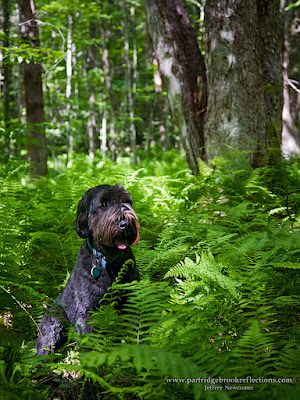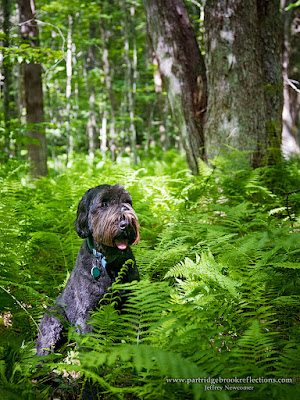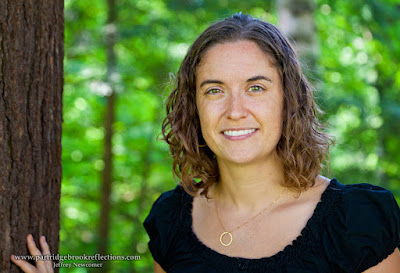 This is the time of year that I start getting increasingly nervous about the fact that I don’t have my New England Reflections Calendar done for the coming year. This is why I should be working on the calendar and not slavishly serving the insatiable blog monster. Since I have to Blog, I’m hoping that blogging about the calendar will jump start the project. For 6 years I have been producing a calendar to benefit the Pulmonary Rehabilitation Program at The Cheshire Medical Center / Dartmouth Hitchcock Keene in Keene New Hampshire. For some time before that I had considered publishing a calendar featuring my New England landscape photography, but I always felt that it would uncomfortable to try to market myself in that way. Then it became glaringly obvious. If I used the project as an opportunity to give back to my community, I would feel less self-conscious about promoting my work. From the beginning I have donated all the proceeds of calendar sales to Pulmonary Rehab and although I frequently donate my work to various nonprofits in the region, it has been the calendar that has given me the most satisfaction. I have been involved in Pulmonary Rehabilitation from the beginning. The program provides an opportunity for patients who are struggling with chronic lung disease to understand their illness and though exercise and education learn to function more comfortably and independently at home. Over the years the calendar sales have brought in over $40,000 to help patients afford the cost of the program and to support supplemental rehabilitation activities such as the annual eager breather’s Fresh Air Day Cruise on lake Winnipesaukee.
This is the time of year that I start getting increasingly nervous about the fact that I don’t have my New England Reflections Calendar done for the coming year. This is why I should be working on the calendar and not slavishly serving the insatiable blog monster. Since I have to Blog, I’m hoping that blogging about the calendar will jump start the project. For 6 years I have been producing a calendar to benefit the Pulmonary Rehabilitation Program at The Cheshire Medical Center / Dartmouth Hitchcock Keene in Keene New Hampshire. For some time before that I had considered publishing a calendar featuring my New England landscape photography, but I always felt that it would uncomfortable to try to market myself in that way. Then it became glaringly obvious. If I used the project as an opportunity to give back to my community, I would feel less self-conscious about promoting my work. From the beginning I have donated all the proceeds of calendar sales to Pulmonary Rehab and although I frequently donate my work to various nonprofits in the region, it has been the calendar that has given me the most satisfaction. I have been involved in Pulmonary Rehabilitation from the beginning. The program provides an opportunity for patients who are struggling with chronic lung disease to understand their illness and though exercise and education learn to function more comfortably and independently at home. Over the years the calendar sales have brought in over $40,000 to help patients afford the cost of the program and to support supplemental rehabilitation activities such as the annual eager breather’s Fresh Air Day Cruise on lake Winnipesaukee.  |
| 2006 Cheshire Medical Center Fresh Air Cruise Crew |
 Next I have to find banner images that will fit just above each month’s calendar, trying to compliment the large image. I look for thumbnail images to decorate some of the open blocks on the calendar. One of the most challenging tasks is to select a cover image. It is always difficult to settle on the one "hero shot’ that will make my calendar pop off the shelf. After I have selected the images, the next chore is to decide on which holidays to include. Do I list Washington’s birthday and Lincoln’s birthday along with President's Day?, isn’t "Christmas Eve" self –explanatory?, how do I spell "(C)han(n)uk(k)a(h)"? and what do I do about Cinco de Mayo? Happily my new partner is from Pakistan, but even he can’t unambiguously explain to me when Ramadan actually begins. All I want to do is avoid an international incident.
Next I have to find banner images that will fit just above each month’s calendar, trying to compliment the large image. I look for thumbnail images to decorate some of the open blocks on the calendar. One of the most challenging tasks is to select a cover image. It is always difficult to settle on the one "hero shot’ that will make my calendar pop off the shelf. After I have selected the images, the next chore is to decide on which holidays to include. Do I list Washington’s birthday and Lincoln’s birthday along with President's Day?, isn’t "Christmas Eve" self –explanatory?, how do I spell "(C)han(n)uk(k)a(h)"? and what do I do about Cinco de Mayo? Happily my new partner is from Pakistan, but even he can’t unambiguously explain to me when Ramadan actually begins. All I want to do is avoid an international incident.  After everything is together in my own mock-up form I can send it to the printer. When the proof comes back I get as many people as possible to review the pages, but, no matter how careful we are, mistakes always seem to slip through. One year we ended up with the Pumpkin Festival on the wrong weekend and last year the designer skipped a day . Seriously! There was no September 26th in 2010! Since the calendars were already distributed throughout the community, I had to go from store to store adding a sticker with the correction to every calendar I could find.
After everything is together in my own mock-up form I can send it to the printer. When the proof comes back I get as many people as possible to review the pages, but, no matter how careful we are, mistakes always seem to slip through. One year we ended up with the Pumpkin Festival on the wrong weekend and last year the designer skipped a day . Seriously! There was no September 26th in 2010! Since the calendars were already distributed throughout the community, I had to go from store to store adding a sticker with the correction to every calendar I could find. Well that is a brief decription of what I SHOULD be doing instead of blogging. I don't mean to sound negative. Despite the work and the frustrations, producing the calendar has done more to connect me to my community than anything else. I feel strongly that it is important for photographers to give back. Dealing regularly with people struggling with chronic lung disease, I see how valuable a program of rehabilitation can be. It is wonderful that I can use my photography to support that program in some small way.
Well that is a brief decription of what I SHOULD be doing instead of blogging. I don't mean to sound negative. Despite the work and the frustrations, producing the calendar has done more to connect me to my community than anything else. I feel strongly that it is important for photographers to give back. Dealing regularly with people struggling with chronic lung disease, I see how valuable a program of rehabilitation can be. It is wonderful that I can use my photography to support that program in some small way. You can check out Flickr Sets showing images from the last couple of years :
 2011 Calendar
2011 Calendar 2010 Calendar
2010 Calendar































